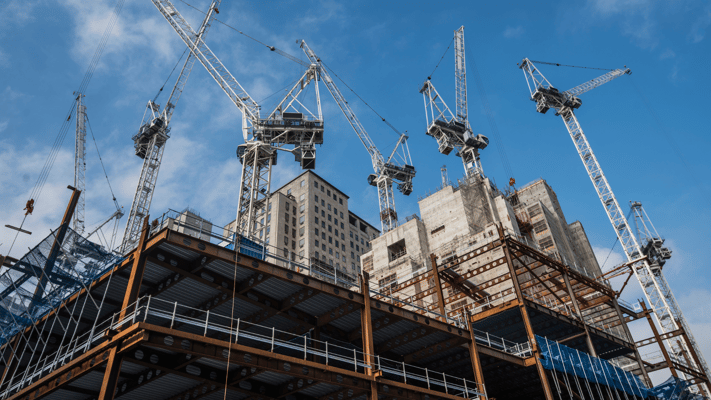
Blog
Six Steps to Sustainability - Part 2
9 July, 2020

Check out other articles
Blog


Streamline Sustainability in PPP Projects with Rio AI
18 March, 2025 / Industry, Innovation, and Infrastructure, Decarbonisation,
Blog


How to Overcome the Biggest Sustainability Challenges in Public-Private Partnerships
18 March, 2025 / Industry, Innovation, and Infrastructure,
Blog




